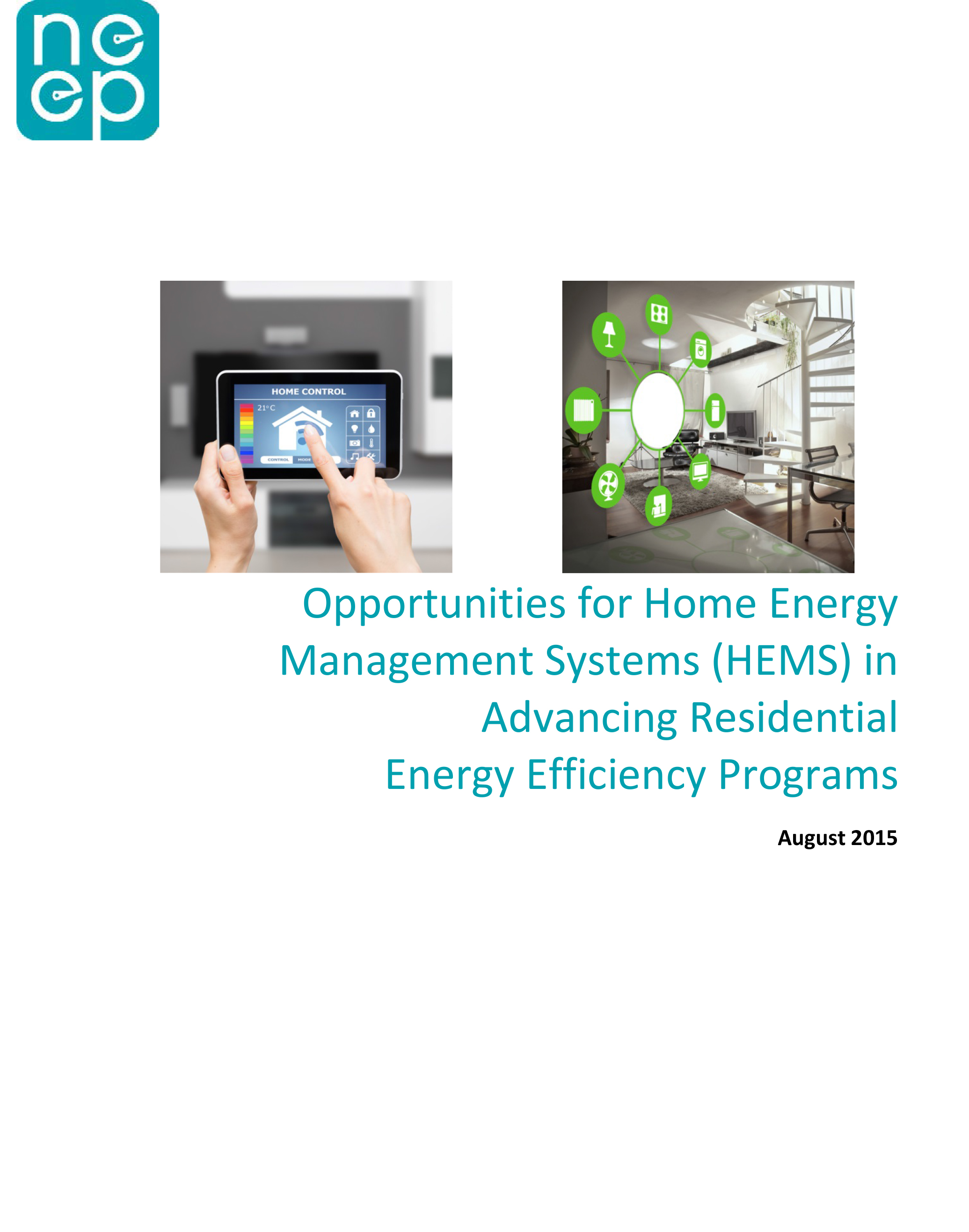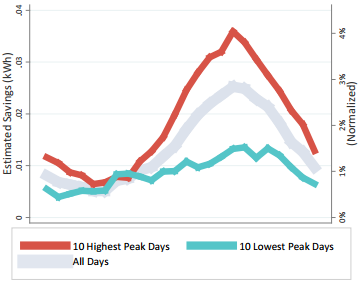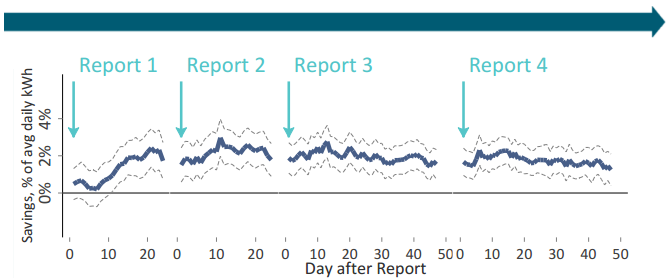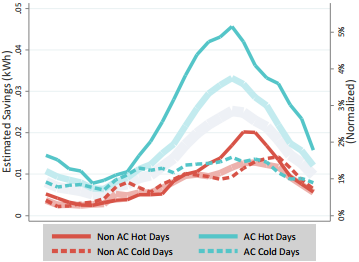By Kathryn Caric | Mon, October 26, 15
Electric utility companies across the nation are working to modernize their infrastructure in ways that will reduce costs, improve customer service and reliability, and add a range of capabilities — some that were unimaginable just a few years ago. Advanced Metering Infrastructure (AMI), including customer meters with two-way communication and real-time data collection, is a key part of grid modernization in our region and across the country.
With the right infrastructure investments, advanced metering could mean billions of dollars’ worth of energy savings. Today, there are more than 51 million AMI installations in the United States, with the residential sector comprising around 89 percent of installations. AMI has the potential to collect energy use information and provide ratepayers with feedback about their energy usage. It can also connect to a central system which can help distribution utilities pinpoint a problem within the system, reducing the effect of outages and increasing reliability.
Advanced Metering in the Northeast and Mid-Atlantic
Penetration of advanced metering varies greatly between states, and among utilities. In the Northeast and Mid-Atlantic region, Maine, the District of Columbia, and Vermont have high levels of penetration, while states like New York and Massachusetts have installed very few advanced meters. In the cases of Massachusetts and New York, this will soon be changing.
Massachusetts is beginning to embrace widespread adoption of advanced metering functionality through their Department of Public Utilities’ Grid Modernization proceeding, which is focused on investment in advanced metering, related distribution system improvements, and time-varying rates.
As part of their Reforming the Energy Vision (REV) proceeding, the New York Public Service Commission (NY PSC) aims to revamp their entire utility sector, including the state’s metering infrastructure. For example, in their REV Track I Order this past February, the NY PSC proposed “universal adoption of advanced metering functionality.”
Advanced Metering Functionality, or Advanced Meters?
 It’s important to note that both proceedings focus on deployment of advanced metering capability, rather than advanced meters themselves. Another example of a technology that can provide some of the same functions of these “smart meters” is a home energy management system* or related component, which could communicate with a utility via broadband connection, rather than through a smart meter.
It’s important to note that both proceedings focus on deployment of advanced metering capability, rather than advanced meters themselves. Another example of a technology that can provide some of the same functions of these “smart meters” is a home energy management system* or related component, which could communicate with a utility via broadband connection, rather than through a smart meter.
Why is this distinction so important?
In both New York and Massachusetts, regulators may be inclined to support advanced metering functionality over smart meters in hopes that a technology-agnostic stance will encourage markets to drive new technologies to the forefront. Another example of New York’s willingness to facilitate such technology innovation can be found within the Staff Whitepaper of Ratemaking and Utility Business Models, which suggests the creation of a “smart home” rate. Such a new rate option holds the potential to facilitate advanced metering functionality while also offering energy efficiency, direct load control, and behavioral demand response opportunities.
SEE Action Guidance Reveals Value of Advanced Metering to EE Programs
Recognizing that states are grappling with how to integrate these emerging technologies, the US Department of Energy’s State and Local Energy Efficiency Action Network recently released several publications on smart meters and how they could be leveraged through behavioral energy efficiency programs. These three papers look at the opportunities associated with a smart meter’s location-specific and high-frequency data, and benefits they can provide to a utility and their ratepayers.
The first report looks at how fast savings happen when customers are mailed behavior reports. Smart meter data allows this because of its high frequency collection. As excerpted in the chart on the right, results from this study showed that savings rose the most after the first report was mailed, and that savings persisted in between report mailings.
The second report looked at the specific actions that drive energy savings and the behaviors of the households most likely to be “high-savers.” The paper looked at air conditioner households vs. non air conditioner households from smart meter data. The main implication from this study was that targeting households with air conditioners increases energy savings.
Insights from Smart Meters: The Potential for Peak-Hour Savings from Behavior Based Programs

The third report in this series discusses the behavior savings that can be achieved during peak usage hours with data from smart meters. Under this program, letters were mailed to households with their hourly energy use information and how their energy use compares to their neighbors. The results from this study showed that savings were higher during peak hours, and highlighted that behavioral programs hold the potential to provide peak hour savings.
Moving Forward
It’s clear that investments in advanced metering functionality can provide value to electric utilities and consumers by encouraging more efficient use of the distribution grid. Whether or not these investments will continue to support smart meters or transition toward advanced metering functionality remains to be seen. As we move toward next generation energy efficiency policies and technologies that combine investments in energy efficiency with demand response programs, advanced metering functionality will surely be an area ripe for innovation.


